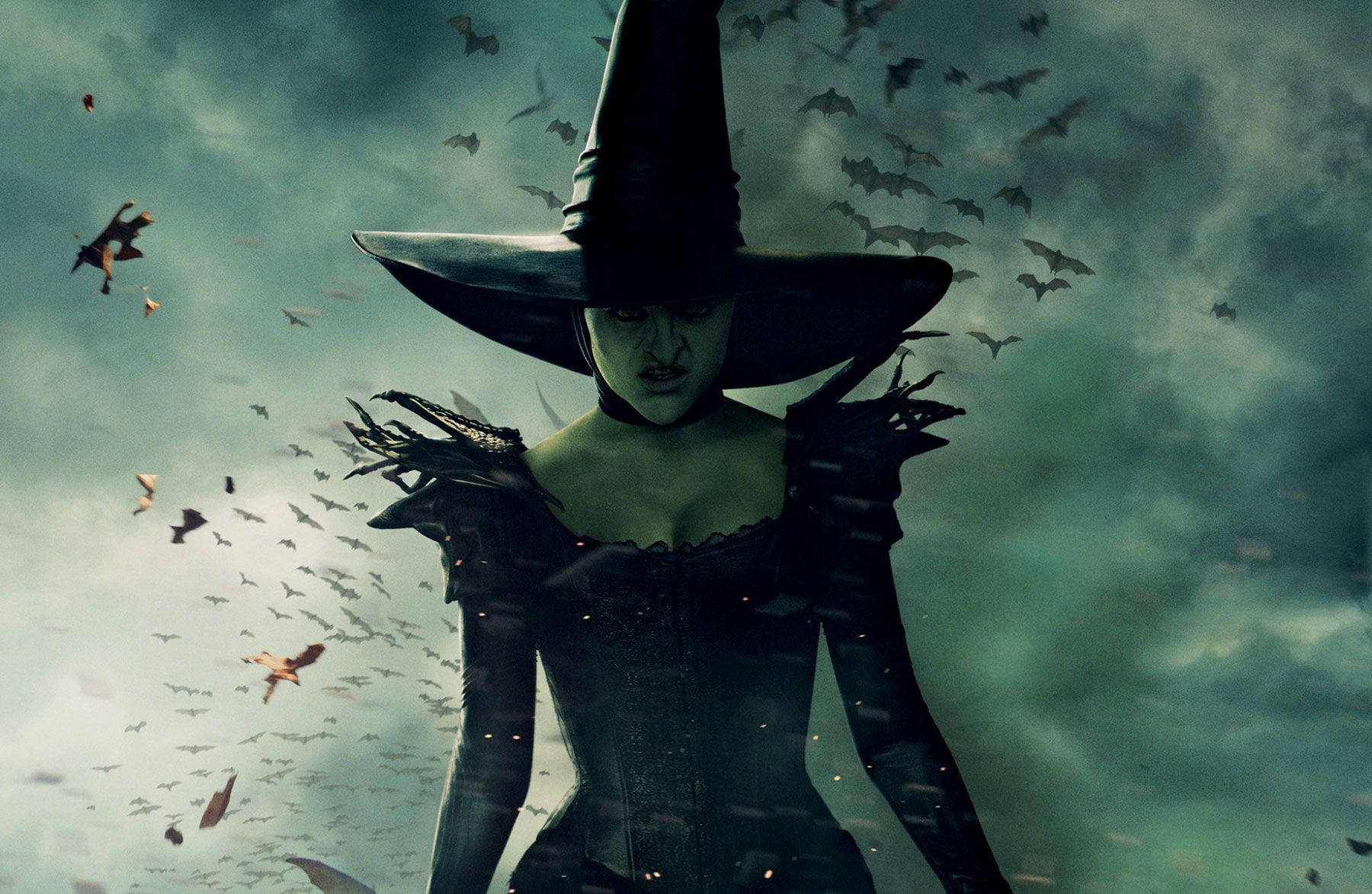
FAQ About Magic in the Middle Ages
Magic in the Middle Ages
2 years ago | gizem
Did magical beliefs and practices differ between regions in Europe?
Yes, magical beliefs and practices varied significantly between regions in Europe during the Middle Ages. The diverse cultures, languages, and religious traditions across the continent gave rise to a wide array of magical traditions and practices. The beliefs and customs of one region could be quite distinct from those of another. Here are some ways in which magical beliefs and practices differed between regions in Europe:
- Pagan Influences: Regions with a stronger historical connection to pre-Christian pagan traditions often retained elements of folk magic and nature-based practices, while areas with a more dominant Christian influence might have integrated magical beliefs into Christian rituals.
- Local Folklore: Different regions had unique folk beliefs and folklore that influenced magical practices. For example, the concept of fairies, elves, and other supernatural beings played a more prominent role in the magical beliefs of some regions, while other areas focused on different types of magical creatures or entities.
- Witchcraft Persecutions: The intensity of witch hunts and persecution of alleged witches varied between regions. Some areas experienced more intense witch trials and persecutions, while others had milder or more sporadic instances of witchcraft accusations.
- Astrological Practices: Astrology was practiced in various forms across Europe, but its popularity and acceptance differed between regions. Certain areas had a strong tradition of astrological predictions and horoscopes, while others viewed astrology with skepticism.
- Cunning Folk and Healers: Cunning folk, local healers, and folk magicians were more prevalent in some regions, offering their services to provide remedies, charms, and protective measures against malevolent forces.
- Magical Texts and Grimoires: The availability and popularity of magical texts and grimoires varied between regions. Some areas had access to a wider range of magical texts, while others relied more on oral tradition and local magical knowledge.
- Folk Festivals and Ceremonies: Regional customs and festivities often incorporated magical elements. Festivals, such as midsummer celebrations or rituals related to agricultural cycles, could include magical practices specific to the local culture.
- Local Saints and Legends: Different regions had their own patron saints and religious legends, which influenced magical practices and beliefs. Local saints might be invoked for specific purposes or protection.
- Cultural and Religious Diversity: Europe's diverse cultural and religious landscape led to a rich tapestry of magical beliefs. Areas with a history of cultural exchange and interaction might have adopted or integrated magical practices from neighboring regions.
- Magical Objects and Symbols: The types of magical objects and symbols used in rituals and charms could vary between regions, reflecting local beliefs and customs.
